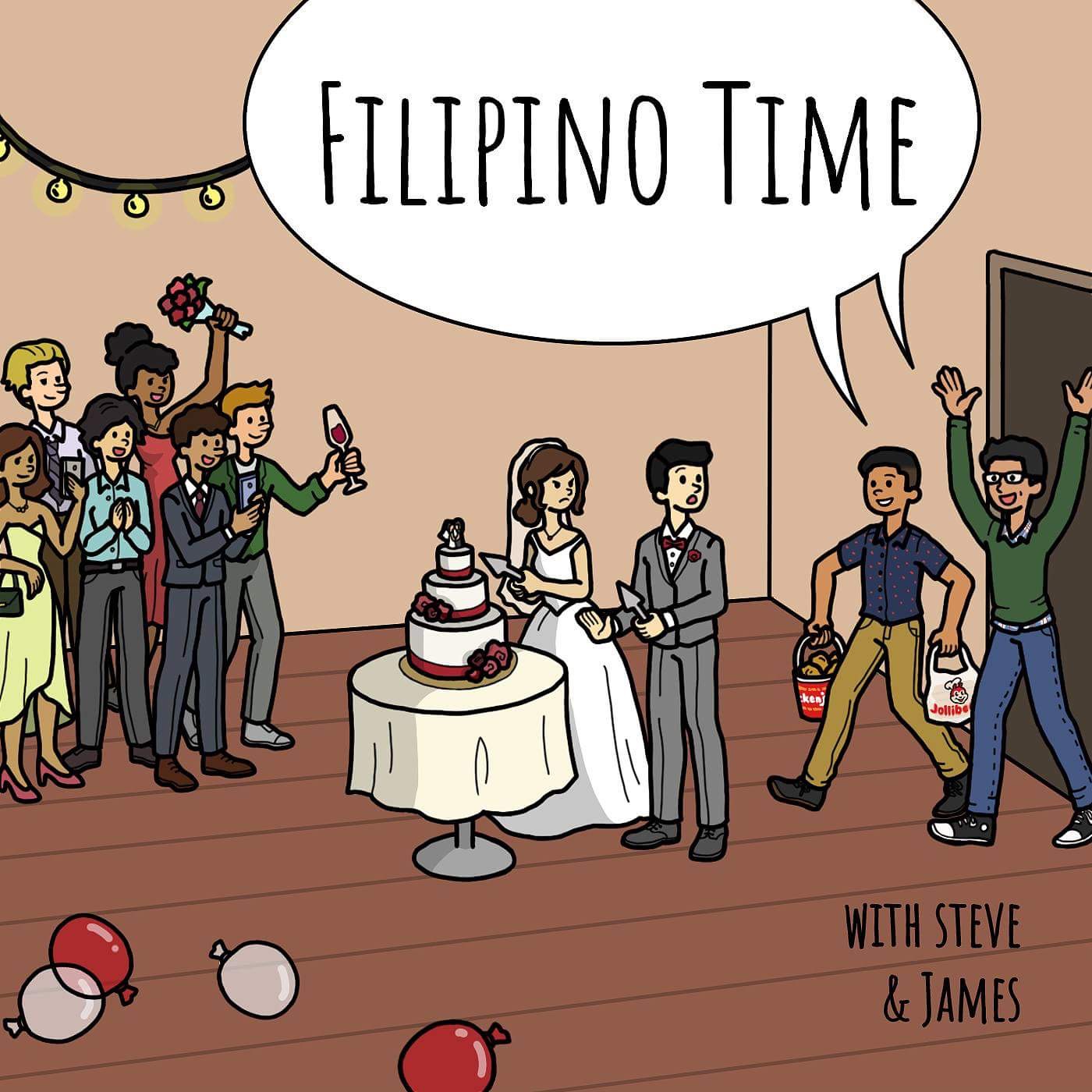https://xiaochua.files.wordpress.com/2013/03/20-tulad-ng-ginagawa-noon-ng-mga-maginoo-na-natatapakan-ang-kanilang-amor-propio.jpg
The tejeros convention originated when the two councils,
Magdiwang and Magdalo, decided to meet again after the discussion at Imus. This
time, the conference was held at the friar estate house in tejeros, a barrio of
San Franscisco de Malabaon, on March 22, 1897. Initially, the convention was
for the purpose of discussing the defense of cavite instead, the assembled
leaders discarded the initial goal of the meeting and chose to elect a
government for the revolution and thus disregarding the current Supreme Council
of the Katipunan.
In this election, it was Andres Bonifacio who spearheaded
the election of the said revolutionary government. Prior to the election, the
assembly swore to abide by the majority’s decision as to whoever the leader
would be. The results of the election are as follows:
President
|
Emilio Aguinaldo
|
Vice-President
|
Mariano Trias
|
Captain-General
|
Artemio Ricarte
|
Director of War
|
Emiliano Riego de Dios
|
Director of the
Interior
|
Andres Bonifacio
|
Emilio Aguinaldo was awarded the highest position
despite his absence in the said convention due to military duties at Pasong
Santol, Imus.

https://upload.wikimedia.org/wikipedia/commons/6/6e/Andr%C3%A9s_Bonifacio.jpg
And although Bonifacio secured a position in the government,
it was the lowest ranked position and clearly he lost power. Indeed it was
difficult for the katipuneros, especially Bonifacio, to accept the results
since the Magdiwangs were supposedly Bonifacio’s supporters but in the end did
not vote for him for either the presidential or vice presidential positions.
And as if to harden the blow of Bonifacio winning the lowest rank, a Caviteno
elite, Daniel Tirona, spoke up and objected to Bonifacio’s win saying that an
uneducated man and a non-Caviteno is not to be part of the said government
especially since Bonifacio was without a lawyer’s diploma. With this, Bonifacio
declared the assembly dissolved and that the election of the leaders was
annulled.
Bonifacio and his men went and conducted another meeting
which was now named as “the second tejeros convention” in the same estate
house. In this discussion they wrote a document entitled, Acta de Tejeros
wherein they cited why they would not amend to the said government. They have
let themselves believe that there were anomalies in the previous election.
Aguinaldo tried to reason with Bonifacio and try to convince him to return to
the newly reinforced government, but still Bonifacio refused to heed
Aguinaldo’s call.

https://www.bayaniart.com/wp-content/uploads/2015/05/Cry_of_Pugadlawin-Bayani-art.jpg
Bonifacio’s anger towards what he considered anomalies of the election and the insult he received from Daniel Tirona pushed him to write another document stating that the katipuneros would be establishing a new and independent government separate from what they established in Tejeros. They organized a new army that would follow a military leader of their choice. The document posed a great threat to the real goal and cause of the revolution. With the divided ranks and revolutionists, the revolution was bound to fail.

https://www.asiamediacentre.org.nz/assets/Uploads/_resampled/ResizedImageWzkwMCw2MDBd/philp4.jpg
In today’s time and society the division between the people is still evidently seen when it comes to politics and elected leaders with one side claiming that their side was cheated on by the other party. Even through the years, the people of today’s society still have not yet united under one common government. Groups still exists as to what we can compare to the Tejeros Convention divided governments, maybe because unlike Bonifacio’s time the “groups” existing now are those classified based on their (the people) circumstances in life and of course their beliefs.
And although the Filipino people has one goal, which is to give progress to our country’s current state, each and every one of the people might have a different interpretation as to how to achieve that goal. But as to what happened during Bonifacio’s time, achieving a goal not as one people but in groups could lead to nowhere but to absolute defeat. And thus the phrase “kaya hindi umuunlad ang Pilipinas e”, because we are so diverse and divided that acquiring or reaching our common goal seems impossible to do. History does repeat itself, as the Katipuneros and Cavitenos were unable to solidify their relationship and unite during their time, the revolution faced its foreseen defeat. If we, the Filipino’s of modern times, still fail in uniting as one towards our common goal, we might also face our destruction but maybe not from colonizers but from ourselves.
References: Constantino R., (2009). The Tejeros Assembly of 1897. Retrieved from http://msc.edu.ph/centennial/tejeros.html






